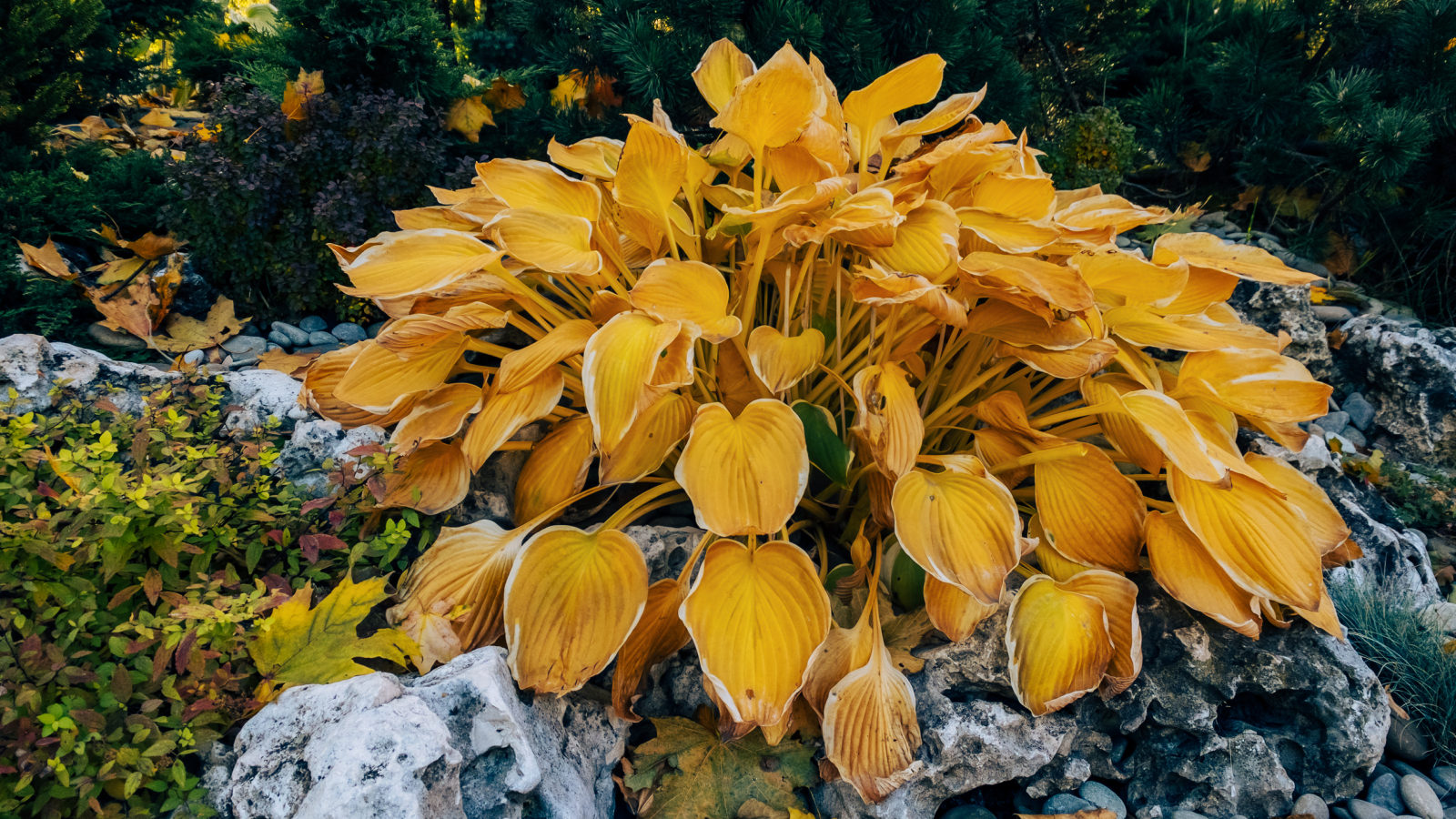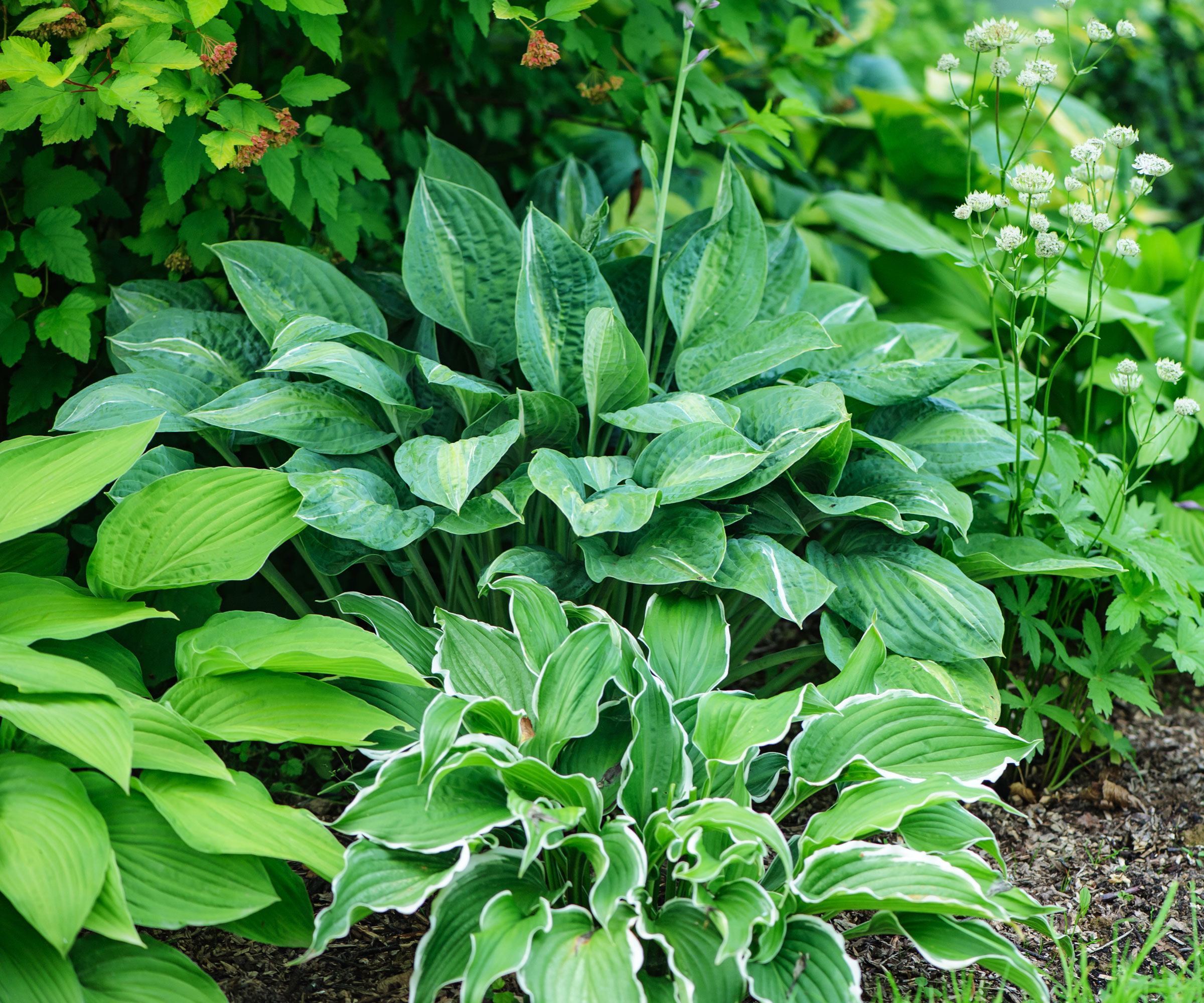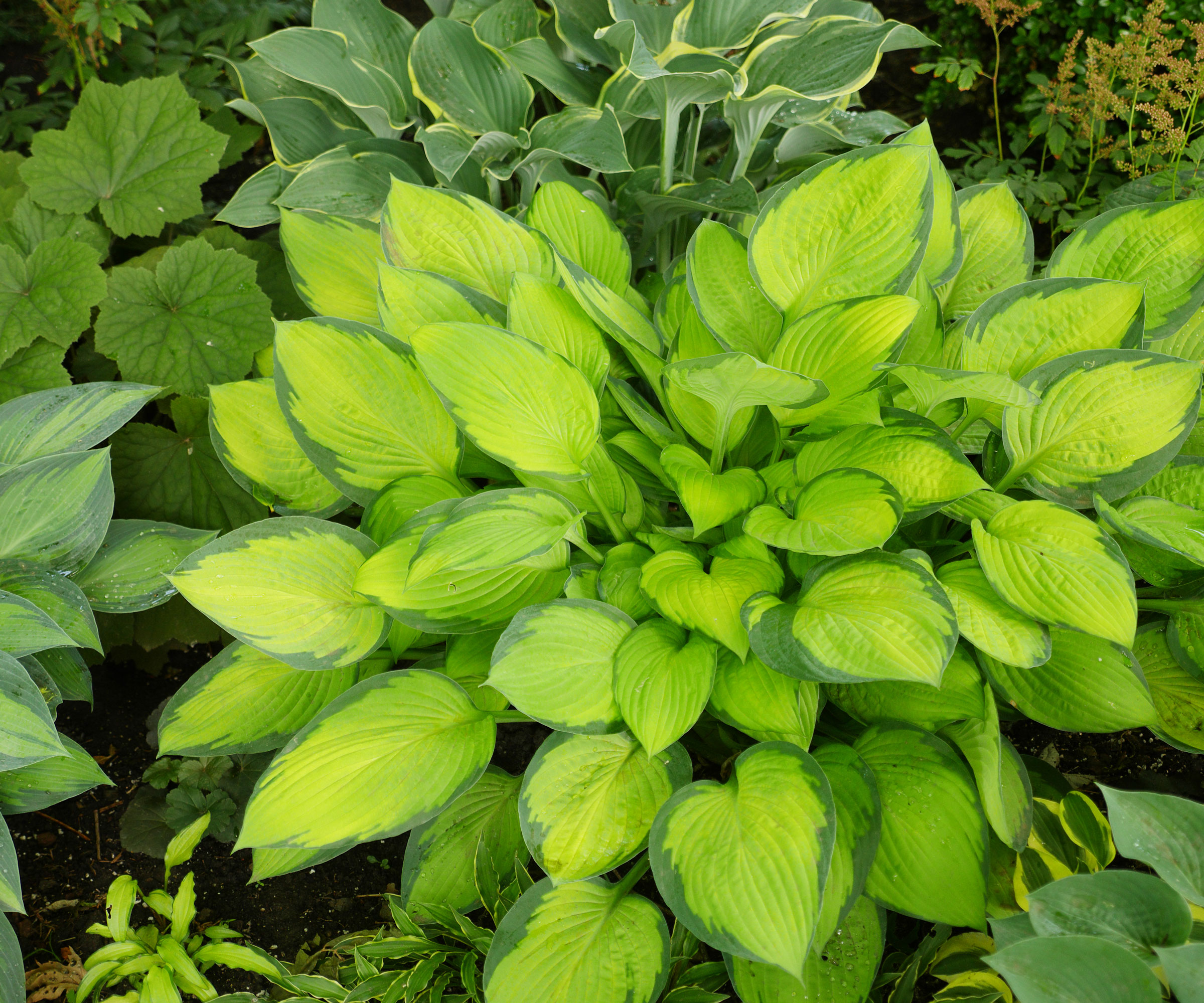Do This One Thing to Your Hostas in Fall for Lusher, Greener Growth Next Year
Hostas might be the ultimate low-maintenance plant, but they still need some TLC in the fall...


Prized for their fabulous foliage and ability to thrive in even the shadiest of spaces, it’s little wonder that hostas are so popular – but there is one thing you need to do to them in the fall if you want them to come back lusher than ever next year.
Yes, these leafy lovelies have rapidly become some of the most fashionable plants, stealing the spotlight in ornamental show gardens across the world.
Part of the appeal, of course, is the fact that they've been hailed as some of the very best shade plants that thrive on neglect; indeed, there are over 2000 hosta varieties to choose from, but each is as self-sufficient as the last. Within reason, that is...
Get Out Your Pruners
Despite being so laidback they're basically horizontal, many gardening experts are now urging people to jump in and show their hostas a little more love in the colder 'ber months. Especially if they want to protect them from pests, diseases, and crown rot-inducing fungal attacks.

Thankfully, it's not a long sprawling list of jobs; it is, essentially, just the one thing you should do to your hostas in the fall. It might sound counterintuitive to anyone hoping for a big spring comeback, but the answer is simple: cut them back to around two centimeters above ground level.
Then, mulch with compost to help a) protect the plant from winter frosts, and b) put nutrients back into the ground for the year ahead. Something like Amazon’s Back to the Roots Organic Premium Compost is ideal.
Get the Timing Right
Of course, it’s not quite so simple as snipping your hostas back whenever you want; timing is everything, and it will differ depending on which of the USDA plant hardiness zones you’re based in as it’s based on the first frost date of the season.
Sign up for the Gardening Know How newsletter today and receive a free copy of our e-book "How to Grow Delicious Tomatoes".
Here’s the twist: the aim is to grab your snippers after your hosta leaves have been damaged by the first hard frost, not before. Never before.
Why? Well, because all of the lovely carbohydrates formed in your hosta’s iconic leaves via photosynthesis need time to travel back down the stalk and into the crown of the plant so that they can fuel next season’s growth. If you snip them before they’ve browned, you’ll stop that from happening.
Why Do It?

It’s worth noting that cutting your hostas back is entirely optional; some people do it to clear space in their borders for other seasonal plants, or because they hate the look of those tattered brown leaves. Some do it to deter slugs and snails. Others, however, might like that wintry aesthetic.
That being said, if your hosta has a common problem like powdery mildew or anthracnose, then you have no choice: you absolutely must do this one thing to your hostas to reduce the disease returning and affecting next year’s plants.
Just take care, in this instance, to treat your cuttings as garden waste rather than popping them in the compost pile and giving them those diseases a chance to overwinter.
Your Shopping List
It's always a good idea to make sure that you have everything you need to hand before you get started. To that end, then, be sure to grab the following if you decide to do this one to your hostas in the fall...
- A sharp pair of pruners, like the Fiskars ⅝” Bypass Pruner from Amazon
- A pair of puncture-resistant gardening gloves from Amazon
- A lawn garden bag from Amazon for leaves and compostable scraps
- Amazon’s Back to the Roots Organic Premium Compost for mulching purposes
Happy snipping!

Kayleigh is an enthusiastic (sometimes too enthusiastic!) gardener and has worked in media for over a decade. She previously served as digital editor at Stylist magazine, and has written extensively for Ideal Home, Woman & Home, Homes & Gardens, and a handful of other titles. Kayleigh is passionate about wildlife-friendly gardening, and recently cancelled her weekend plans to build a mini pond when her toddler found a frog living in their water barrel. As such, her garden – designed around the stunning magnolia tree at its centre – is filled to the brim with pollinator-friendly blooms, homemade bird feeders, and old logs for insects to nest in.